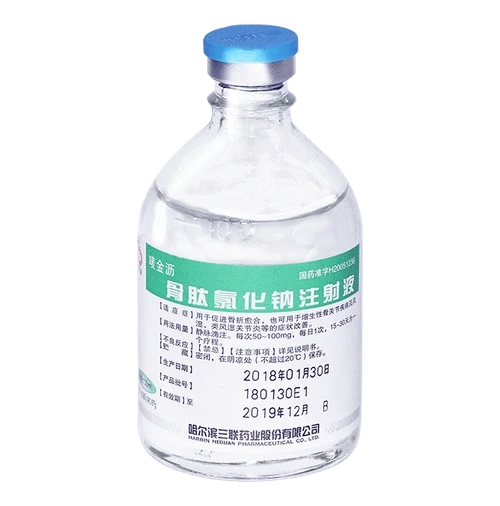

Fluoridation, although primarily aimed at dental health rather than purification, is another aspect of modern water treatment. The addition of fluoride compounds in minuscule amounts to water supplies has been shown to significantly reduce dental cavities and improve oral health across populations. In all of these chemical processes, safety and trustworthiness are paramount. Water treatment facilities are subject to rigorous regulation and constant monitoring, ensuring that chemical treatments are both effective and harmless to humans and the environment. Experts in water treatment must remain informed about evolving technologies and regulatory requirements, adapting to challenges such as emerging contaminants and climate change impacts on water sources. Consumer transparency is also crucial in maintaining public trust. Comprehensive water quality reports, educational outreach about the importance and safety of water treatment chemicals, and clear communication channels help in building a knowledgeable community that understands and values the intricate processes in place to safeguard their water supply. In conclusion, while chemical treatments are indispensable for purifying water, they require a balance of expertise, vigilance, and communication. From the sharp, immediate efficacy of chlorine to the lasting protective qualities of chloramines and the comprehensive purification strength of ozone, these procedures demonstrate a sophisticated alliance of science and public service. Properly executed, they continue to preserve the paradoxical purity of treated water in an ever-evolving environmental landscape.

